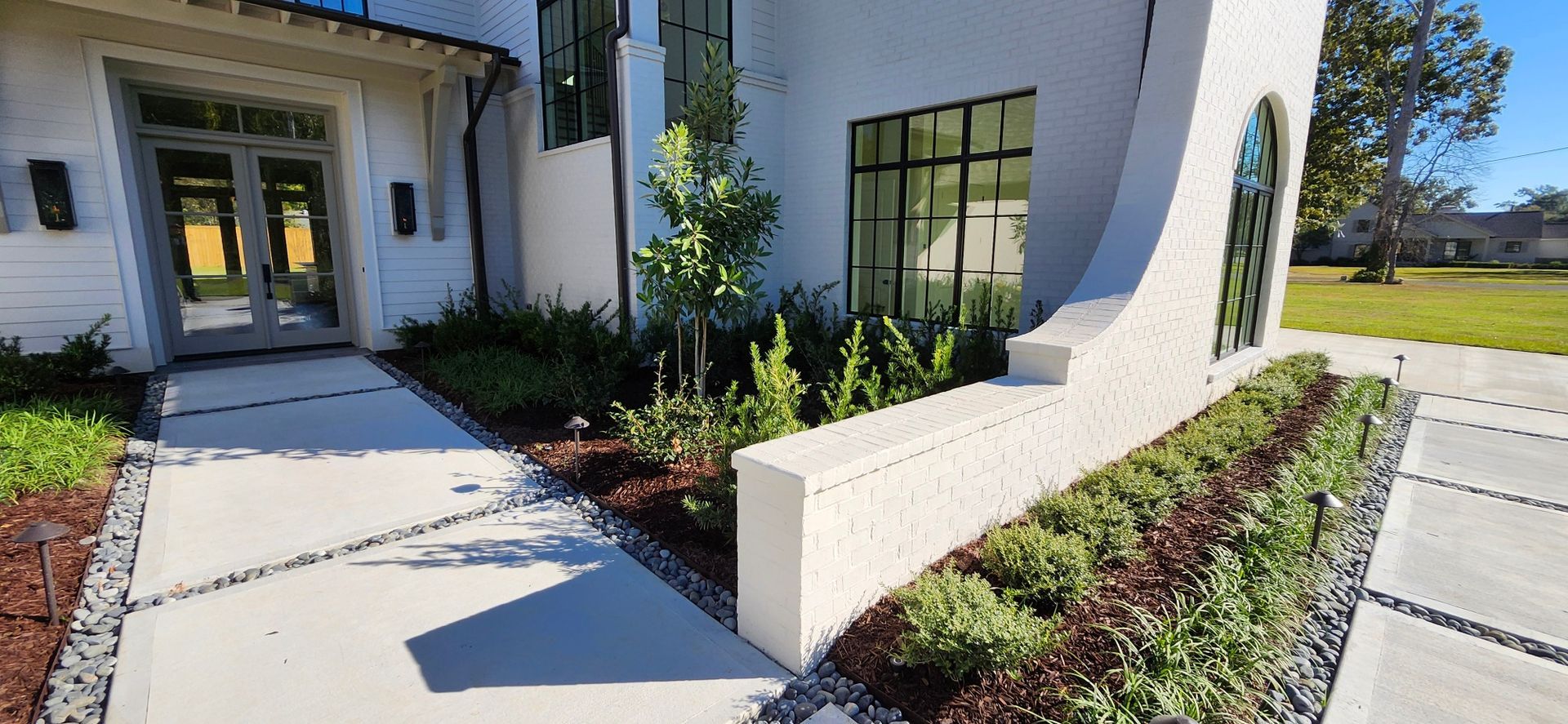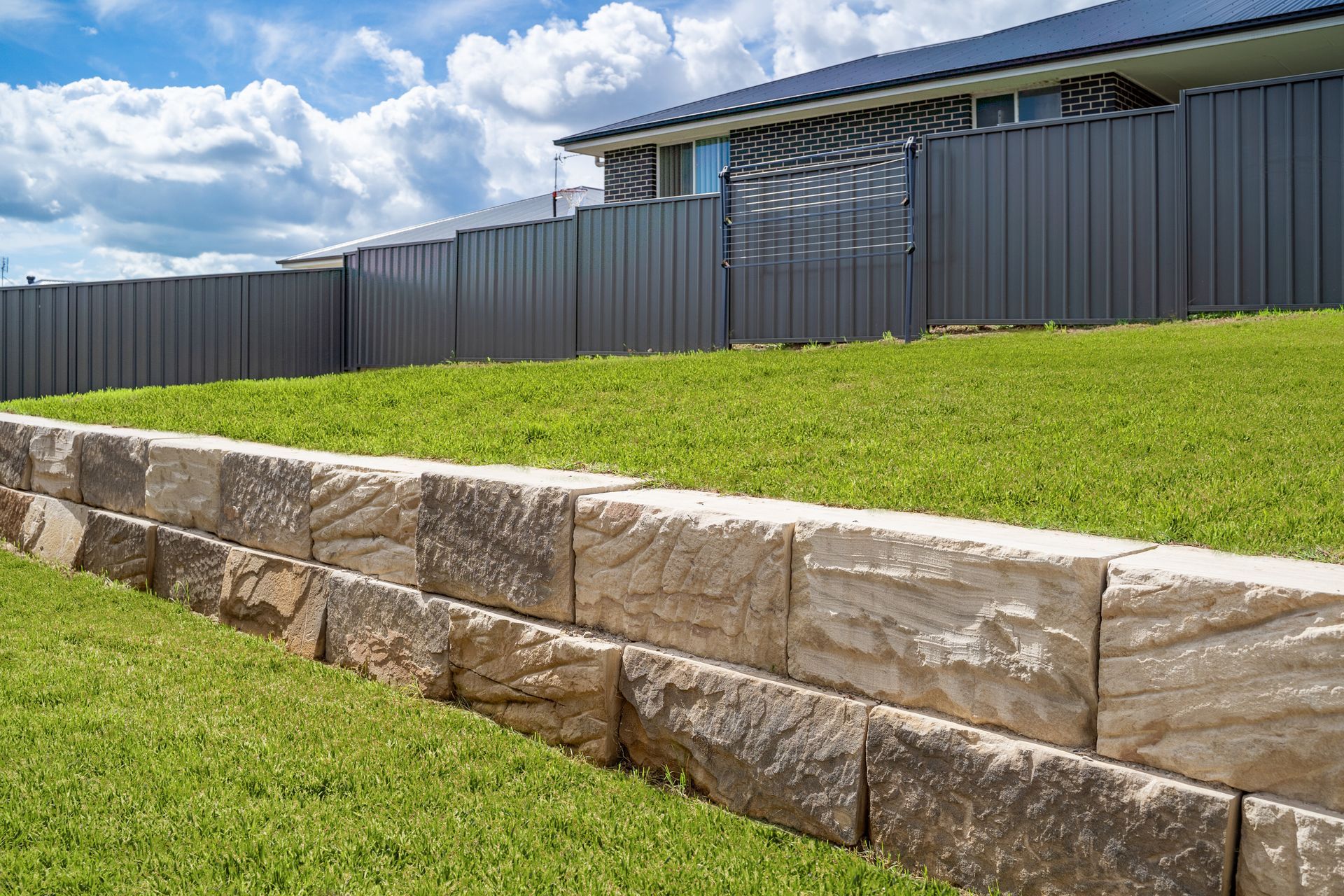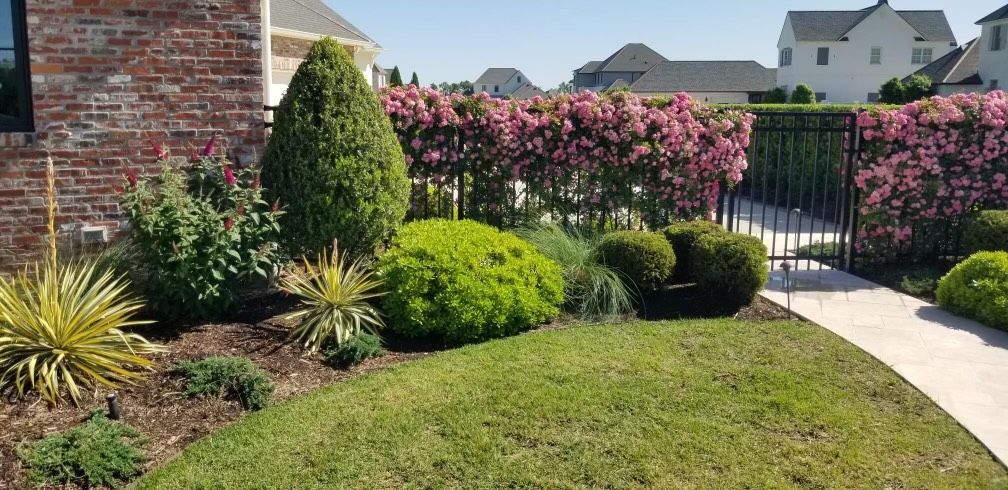Landscape Maintenance in Louisiana: Preparing Your Yard for Hurricane Season
It may be hard to imagine detesting any season in South Louisiana more than its hot, muggy summers, but its unofficial fifth season is perhaps even more disliked by its residents. Spanning both summer and fall, hurricane season is a wild card, dishing up unpredictability around every corner. Last-minute jogs in the track can mean the difference between another sunny scorcher or black skies, flooding rains, and howling winds. Before a storm approaches Baton Rouge, take these crucial steps to prepare your yard against the threat of a hurricane.
Prune Trees and Shrubs Before the Start of Storm Season
A well-maintained landscape can significantly reduce the risk of property damage and enhance overall safety during severe storms. One of the most effective landscape maintenance practices is pruning, which helps in reducing the wind resistance of trees and shrubs, thereby preventing them from toppling over or causing other damage. Pruning involves selectively removing branches to decrease the density of the tree canopy, allowing wind to pass through more easily and reducing the likelihood of the tree being uprooted or branches breaking off. It can also help balance the tree's structure, ensuring that the weight is evenly distributed. This structural integrity is essential for the tree's stability during high winds.
Dead, diseased, or weak branches are particularly susceptible to breaking off during high winds. Removing these branches before hurricane season can prevent them from becoming dangerous projectiles that can cause injury or damage to property. When trimming trees, ensure that branches are kept at a safe distance from structures, power lines, and other utilities. Overhanging branches can cause significant damage to roofs, windows, and power lines if they break during a storm.
Secure Outdoor Furniture and Decorations Before a Storm Hits
Outdoor furniture and decorations can become dangerous projectiles during a hurricane. To prevent this, secure or store all outdoor furniture, including tables, chairs, and grills. Use heavy-duty straps or ropes to tie down larger items that cannot be brought indoors. Secure garden decorations, pots, and other loose items, or bring them inside if possible. Creating a checklist of items to secure or store can help ensure that nothing is overlooked.
Inspect Drainage Systems and Clear Debris
Proper drainage is essential to prevent flooding in your yard during a hurricane, as excessive water can lead to soil erosion, plant damage, and even structural issues with your home. Clean gutters and downspouts regularly to ensure that rainwater is efficiently directed away from your home. Clear drains or catch basins of debris to allow water to flow through them freely. Ensure any drainage or sump pump systems installed in your yard are in good working order, and turn off any irrigation systems if a hurricane landfall is imminent in your area, as your yard will likely receive more than enough water to compensate for several days. Allowing irrigation to run may add to any flooding problems.
Improve Your Lawn’s Ability to Absorb Water Before Heavy Rainfall
Regular aerating and dethatching can improve soil health and water absorption, reducing the risk of flooding. Aerating involves perforating the soil with small holes to allow air, water, and nutrients to penetrate the grassroots. This process helps reduce soil compaction, which can hinder water absorption and root growth. By improving the soil structure, aeration enhances the lawn's ability to absorb heavy rains, reducing runoff and the risk of flooding. Dethatching involves removing the layer of dead grass, roots, and debris that accumulates between the soil and the green grass. This thatch layer can prevent water from reaching the soil if it becomes too thick. Regular dethatching ensures that water can easily penetrate the soil, promoting better absorption and reducing surface runoff.
Reinforce Hardscaped Areas to Prevent Storm Damage
Hardscape elements such as patios, walkways, and retaining walls need to be secured to withstand hurricane conditions. Inspect these structures for any signs of weakness or damage and make necessary repairs. Reinforcing hardscapes can prevent them from shifting or breaking apart during a storm, which could cause additional damage to your property.
Preparing your yard and landscaping for hurricane season is a vital step in safeguarding your property. By taking proactive measures to reinforce your outdoor space, you can significantly reduce potential damage and enhance your property's resilience against severe weather. Ensuring that your landscape is well-prepared not only helps protect your home but also contributes to a quicker and smoother recovery after a storm. The experts at Kyle's Lawn and Landscape have been serving the Baton Rouge area since 2008 and can help you create and maintain a beautiful and secure outdoor environment ready to withstand nature's challenges.





